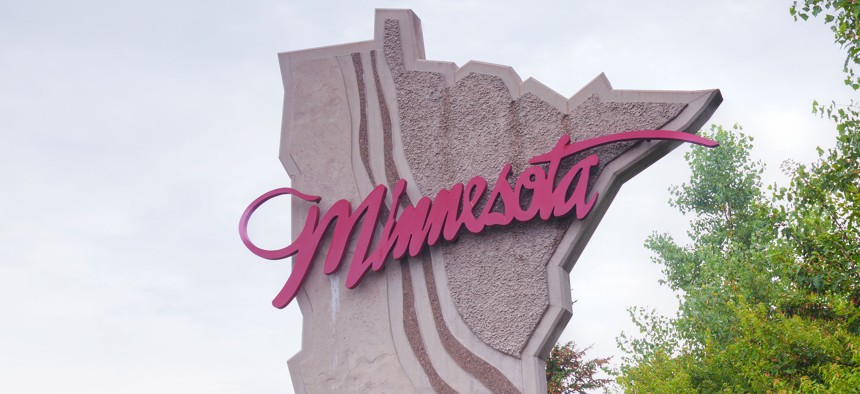An Ongoing Mystery in Minnesota: Who Jammed the State’s Health Insurance Hotline With Calls?

Shutterstock
Investigators have forwarded findings from the Nov. 1 TDoS attack to a FBI task force.
A state investigation into thousands of phone calls that bombarded a hotline for Minnesota’s health insurance marketplace last month has failed to identify who was behind the disruptive episode.
Minnesota’s information technology services department, or MNIT, has concluded its investigation into the incident and passed relevant findings to a FBI Computer Crimes Task Force to review for possible criminal activity, according to MNIT.
“One of the challenges of forensics investigations of call records is that it is virtually impossible to determine the true identities of callers, due to spoofing and other mechanisms,” Chris Buse, Minnesota’s chief information security officer said in an emailed statement on Thursday. “It can be very difficult to attribute these types of incidents to the actual perpetrators.”
On Nov. 1, the state’s MNsure health insurance marketplace phone lines received more than 50,000 attempted calls before 9 a.m. and over 80,000 throughout the day, according to information MNsure and MNIT jointly released. Caller wait times averaged about 30 minutes.
By comparison, as of 3 p.m. the following day, about 4,100 calls had come in and caller wait times were averaging around 6 minutes—more in line with previous call activity.
Gov. Mark Dayton at the time blamed nefarious “robocalls” for the heavy call volume.
Terry Nelms, director of research for Pindrop Labs, a company that focuses on keeping audio and telecommunications systems secure, said in an interview last month that it does not require a high level of sophistication or much money to flood a hotline with superfluous calls. Doing so, is known as a Telephony Denial of Service, or TDoS attack.
These attacks can typically be carried out in a couple of ways.
“One way is to have humans do the calling for you,” Nelms said. This might involve someone using Facebook or Twitter to encourage people to dial a certain phone line simultaneously.
Another option relies on digital tools that can be downloaded over the internet, including software that can generate thousands of phone calls.
“If I wanted to generate 80,000 calls,” Nelms said, “that might cost me like $500.”
Minnesota operates one of 12 state-based marketplaces where people can shop for health insurance under the Affordable Care Act, according to Kaiser Family Foundation. Other states rely to varying degrees on federal IT technology and the federally-run HealthCare.gov to provide residents access to coverage.
Residents in Minnesota are facing steep health insurance premium hikes next year.
Dayton, who is a Democrat, and Republican state lawmakers have been unable to settle on a plan that might provide financial relief for those saddled with additional costs. They've also been at odds over MNsure.
State Rep. Greg Davids, a Republican who co-chairs the MNsure Legislative Oversight Committee, said in mid-November he was working on a plan to eliminate the state health insurance marketplace.
Republicans gained control of both chambers of Minnesota’s Legislature in the November election.
There is broader uncertainty, meanwhile, surrounding the future of the Affordable Care Act. President-elect Donald J. Trump has pledged to work with the Republican-controlled Congress to repeal and replace the law.
Bill Lucia is a Reporter for Government Executive’s Route Fifty and is based in Washington, D.C.
NEXT STORY: Will Small ‘Sanctuary Cities’ Defy a Trump Crackdown?






